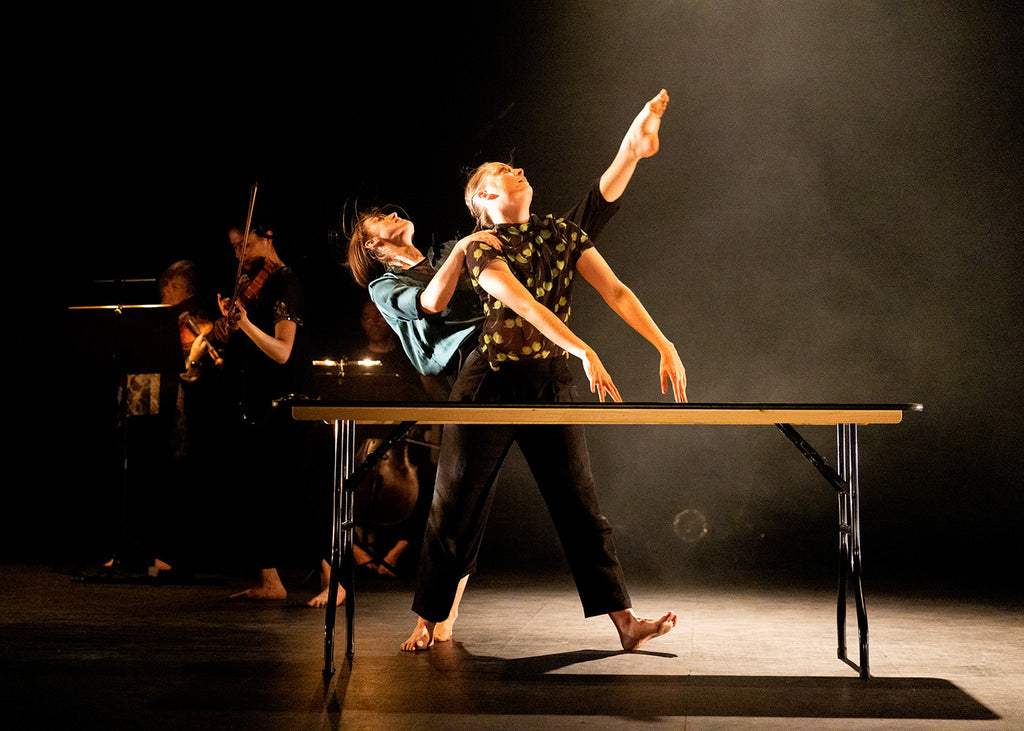Mishima’s Muse
Japan Society’s Yukio Mishima centennial series culminated with “Mishima’s Muse – Noh Theater,” which was actually three programs of traditional noh works that Japanese author Yukio Mishima adapted into modern plays.
Plus
World-class review of ballet and dance.
A few years ago, I had the pleasure of catching a perfectly shaped, humorous dance vignette of two dancers with two chairs, set to the first movement of Bach’s Violin Concerto in A minor. It was both playful and choreographically complex. This duet has since, in the words of its choreographer Katie Armstrong, grown arms and legs. “Sketches” now encompasses four dancers performing the whole concerto, intertwined with specially composed sound from DJ, composer and improviser Mariam Rezaei and performed live by a string quintet. There is also a concurrent film project, which has been both created within and shown throughout this last tour throughout Scotland. Sounding complex? Well, funnily enough . . .



Japan Society’s Yukio Mishima centennial series culminated with “Mishima’s Muse – Noh Theater,” which was actually three programs of traditional noh works that Japanese author Yukio Mishima adapted into modern plays.
PlusThroughout the year, our critics attend hundreds of dance performances, whether onsite, outdoors, or on the proscenium stage, around the world.
PlusOn December 11th, the Alvin Ailey American Dance Theater presented two premieres and two dances that had premiered just a week prior.
PlusThe “Contrastes” evening is one of the Paris Opéra Ballet’s increasingly frequent ventures into non-classical choreographic territory.
Plus
comments